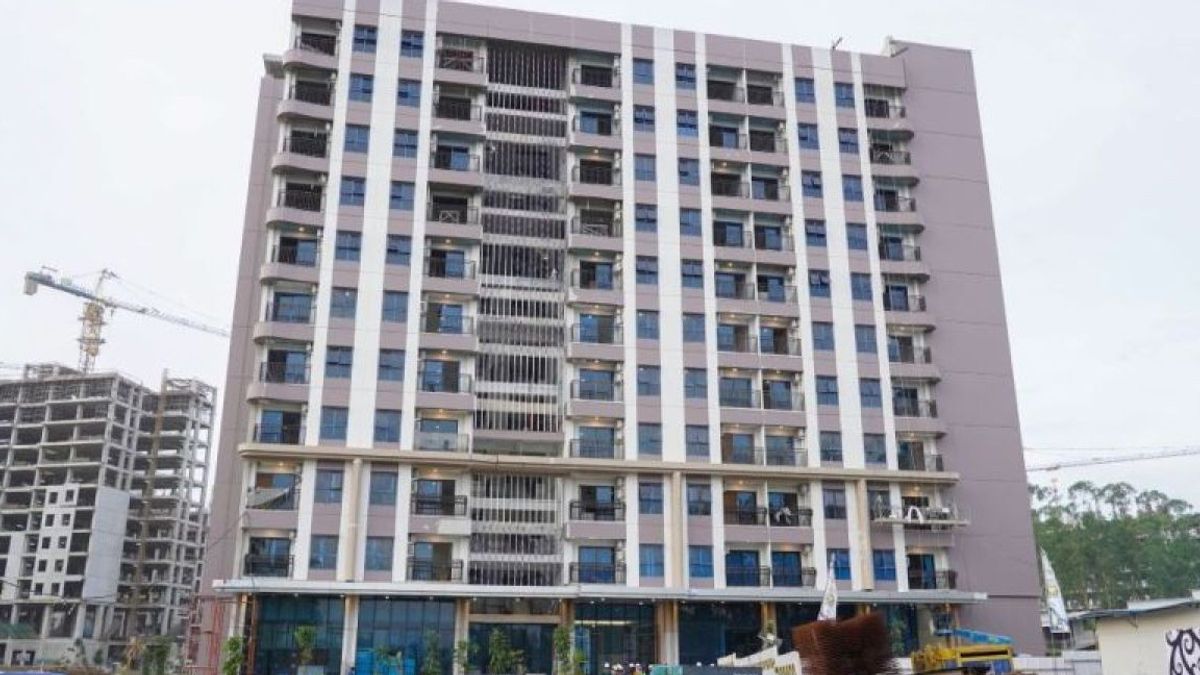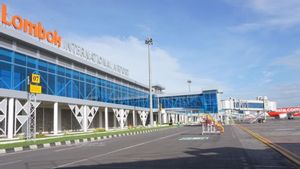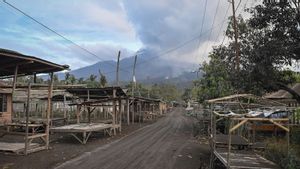JAKARTA - Urban populations are predicted to be more congested in the future. The increasing population density presents its own challenges for the government. Including, in providing decent housing for low-income people (MBR).
So what is the solution?
Quoted from the official Instagram account of the Ministry of PUPR @kemenpupr, Friday, September 13, the estimated residence of Indonesians in 2045 is 72 percent in urban areas. Meanwhile, as many as 28 percent of the people are predicted to live in addition to urban areas.
"In fact, 90 percent of the population on the island of Java will live in urban areas, you know!" explained PUPR.
In order to overcome population density in urban areas, the Ministry of PUPR encourages the construction of vertical housing.
"This is to overcome the impact of urban sprawl and provide decent housing for low-income people," he added.
As additional information, the Ministry of PUPR reported that the achievement of the program of a million houses (PSR) until the end of July 2024 had reached 59.23 percent.
SEE ALSO:
"In 2024, prognosis of 1,042,738 has been determined and until the end of July PSR achievement of 617,622 units (59.23 percent) of the total national target," explained PUPR on its official Instagram account @kemenpupr, Tuesday, September 3.
This figure includes development for low-income people (MBR) of 484.119 units and non-MBR 133.503 units throughout Indonesia.
"Hopefully the construction of this PSR can run smoothly and on target. Happy National Housing Day SahabatPUPR!" he added.
The English, Chinese, Japanese, Arabic, and French versions are automatically generated by the AI. So there may still be inaccuracies in translating, please always see Indonesian as our main language. (system supported by DigitalSiber.id)
















